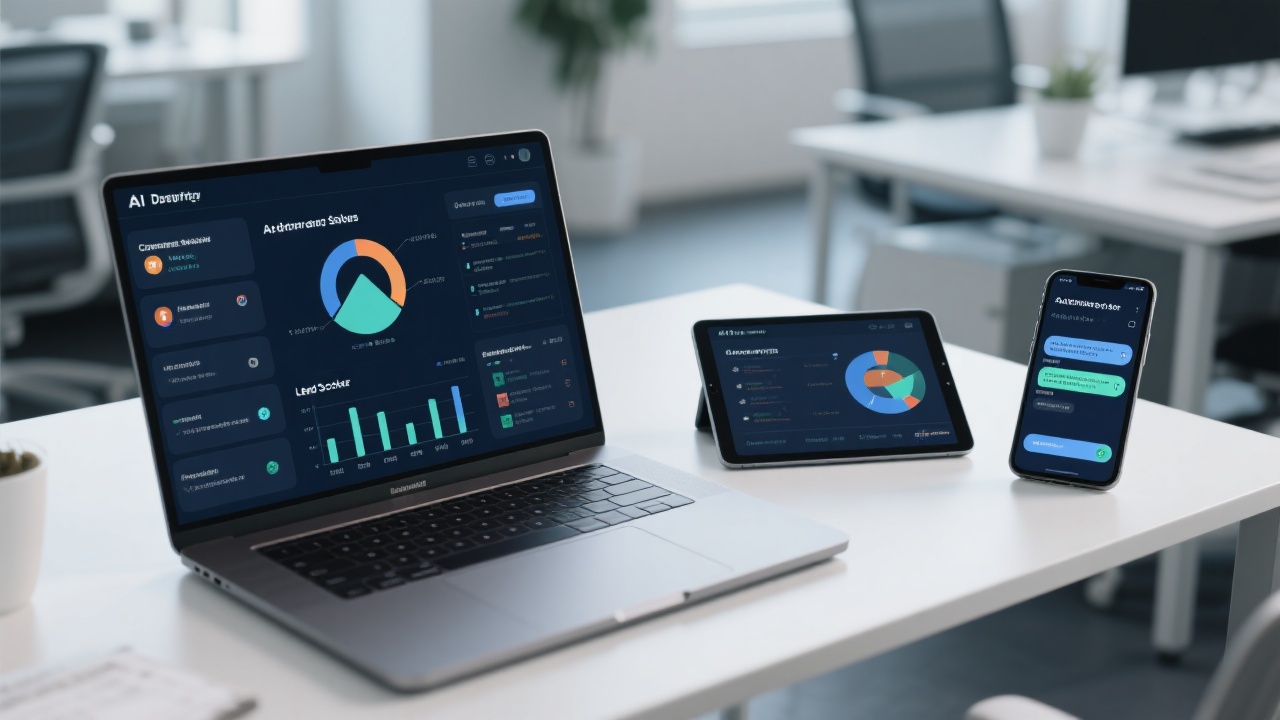 400-076-6558智领未来,外贸超级营销员
400-076-6558智领未来,外贸超级营销员
 400-076-6558智领未来,外贸超级营销员
400-076-6558智领未来,外贸超级营销员

In the B2B export industry, new traders often face the challenge of precisely identifying target markets and cultivating valuable clients without wasting time or resources. This article offers a deep dive into a systematic approach for market research, customer profiling, and deploying powerful tools—especially LinkedIn Sales Navigator—to unlock efficient customer acquisition.
In experience gained across machinery, electronics, and chemical sectors, one recurring obstacle for newcomers is poor target market definition leading to scattershot prospecting. According to B2B Industry Reports 2023, 62% of failed sales stem from inadequate understanding of client needs and competitor landscapes. This translates into wasted budgets and low closing rates.
Crafting a precise customer profile and correctly scoping market potential are essential first steps to mitigate risk and lay a foundation for sustainable growth.
Demand analysis requires capturing the why, what, and how of your potential clients’ needs. Instead of generic demographics, focus on pain points, purchase triggers, and product usage scenarios tailored to your industry.
Understanding competitors’ client bases and strategies reveals market gaps and helps refine your value proposition. Use LinkedIn’s advanced search filters to identify your competitors’ customers, partners, and key decision-makers.
For example, a South Korean electronics supplier discovered an underserved segment by observing competitor connections and specially crafted messaging that highlighted their unique certifications, increasing engagement by 27% in three months.
Quantifying market opportunity involves combining industry size, growth rate, and customer readiness. Industry data suggests markets in Southeast Asia for machinery parts are growing at 8% annually, yet import penetration remains below 30%—highlighting high entry potential.
Customer personas transform abstract data into relatable profiles — essential for tailored outreach. Key persona elements include:
A practical tip: utilize LinkedIn Sales Navigator's filtering by industry, company headcount, and seniority to build these personas with real-time data.
While traditional email and phone outreach remain important, data-driven platforms accelerate connections with qualified leads. LinkedIn Sales Navigator offers comprehensive benefits:
In practice, a European chemical export company used Sales Navigator to double their reply rate within 6 weeks by targeting procurement directors in emerging markets identified through competitor analysis.

Many beginners rush into outreach without solid research, leading to wasted effort and reputation damage. To avoid this:

Incorporating AI tools helps automate customer data enrichment and sentiment analysis, drastically cutting research time. Additionally, tailoring strategies to local cultural nuances significantly boosts conversion rates—especially in regions like the Middle East and Latin America.
For instance, using AI-powered language insights combined with Sales Navigator filters, one machinery exporter optimized messages for Brazilian prospects, achieving a 35% increase in lead engagement compared to generic outreach.

High-precision customer development in B2B export hinges on rigorous market research, constructing actionable customer profiles, and utilizing powerful tools like LinkedIn Sales Navigator. By following the five core steps outlined—demand analysis, competitor observation, market evaluation, persona building, and channel leveraging—new exporters can systematically reduce risks and accelerate business growth.
Remember, integrating AI and localization further elevates your approach, transforming data into meaningful relationships.
.png?x-oss-process=image/resize,h_100,m_lfit/format,webp)
.png?x-oss-process=image/resize,h_100,m_lfit/format,webp)

.png?x-oss-process=image/resize,h_100,m_lfit/format,webp)
.png?x-oss-process=image/resize,h_100,m_lfit/format,webp)
.png?x-oss-process=image/resize,h_100,m_lfit/format,webp)
.png?x-oss-process=image/resize,h_100,m_lfit/format,webp)
